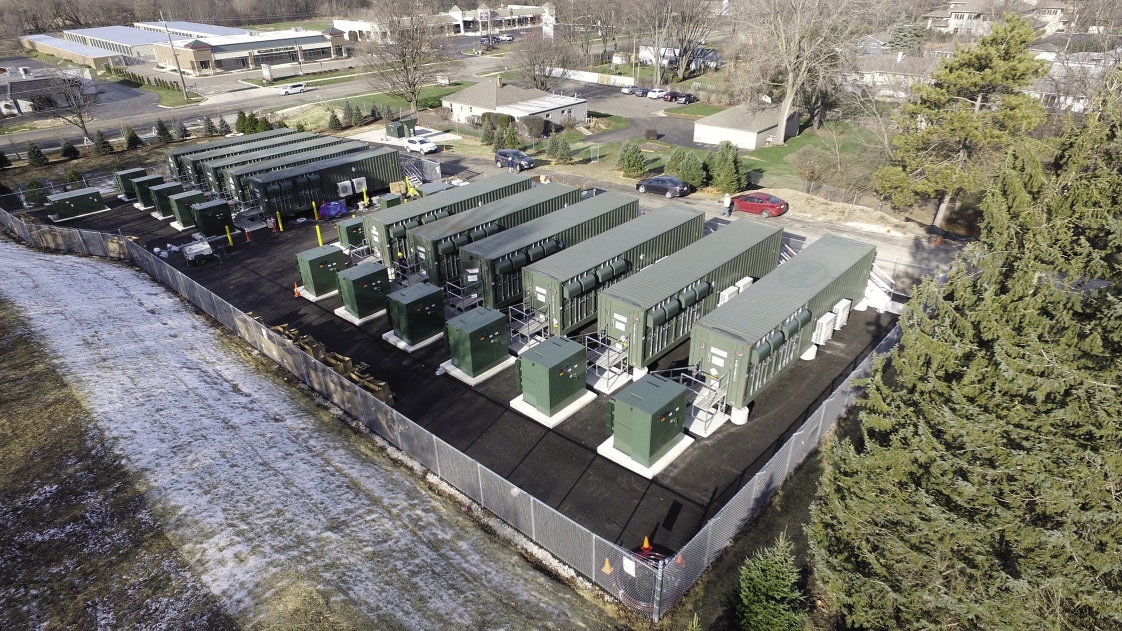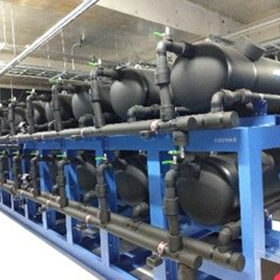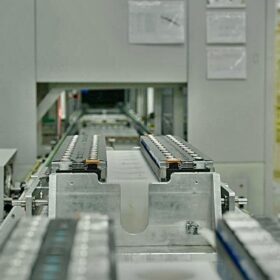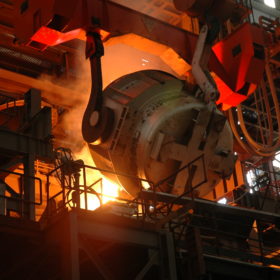From pv magazine International
New research from Lawrence Berkeley National Laboratory looks at where to locate battery energy storage to provide the highest value.
The study finds that adding four-hour-duration batteries sized to 50% of the capacity of a solar or wind project raises the value by $3–$22/MWh depending on the year and region, with an average value of $10/MWh. The highest boost was found in California ($15/MWh), where the value of adding storage to solar rises in tandem with increased solar penetration.
The study said an even higher value comes from siting the same batteries separately, in a nearby high-value location.
It said this strategy results in higher value than co-located projects in nearly all markets and years. Values ranged from $2–$50/MWh, with an average value boost of $12.50/MWh. The highest values were found in constrained regions, like New York’s Long Island. Lower values occurred in Texas in certain years of the study period.
Reducing the “value penalty”
The report said that the “value penalty” of co-located projects can be reduced through a number of strategies, including recharging batteries from the grid during low-price hours, or sizing the interconnection capacity so both the generator and the battery can deliver power to the grid at the same time.
Separating generation from storage usually delivers higher value, but it may also lead to higher costs, the report said. That’s because a project developer will need multiple sites and grid interconnections, and may lose construction cost savings. A rough estimate found about $15/MWh in cost savings could be realized from using a single location.
The report said that a big part of the savings stems from the federal tax credit for renewable energy production that can also be applied to batteries, so long as the batteries are directly charged by the renewable generator. The tax credit, worth as much as $10/MWh, can tip the scale toward co-location, making coupled projects more attractive to a developer than separate locations.
The report said that at the end of 2020, 34% of solar and 6% of wind capacity were being developed in the U.S. with co-located batteries. In the West, 70%–90% of proposed solar is paired with storage, including almost all grid-scale solar projects in California. Almost two-thirds of all grid-connected batteries in California are part of hybrid solar + storage systems, rather than in potentially higher-value locations. In other regions, the share is typically less than 40%.
This content is protected by copyright and may not be reused. If you want to cooperate with us and would like to reuse some of our content, please contact: editors@pv-magazine.com.









By submitting this form you agree to pv magazine using your data for the purposes of publishing your comment.
Your personal data will only be disclosed or otherwise transmitted to third parties for the purposes of spam filtering or if this is necessary for technical maintenance of the website. Any other transfer to third parties will not take place unless this is justified on the basis of applicable data protection regulations or if pv magazine is legally obliged to do so.
You may revoke this consent at any time with effect for the future, in which case your personal data will be deleted immediately. Otherwise, your data will be deleted if pv magazine has processed your request or the purpose of data storage is fulfilled.
Further information on data privacy can be found in our Data Protection Policy.